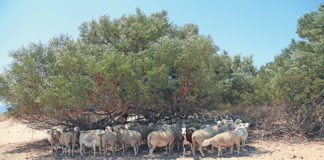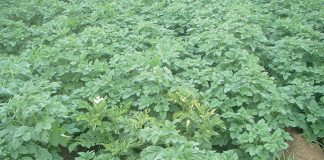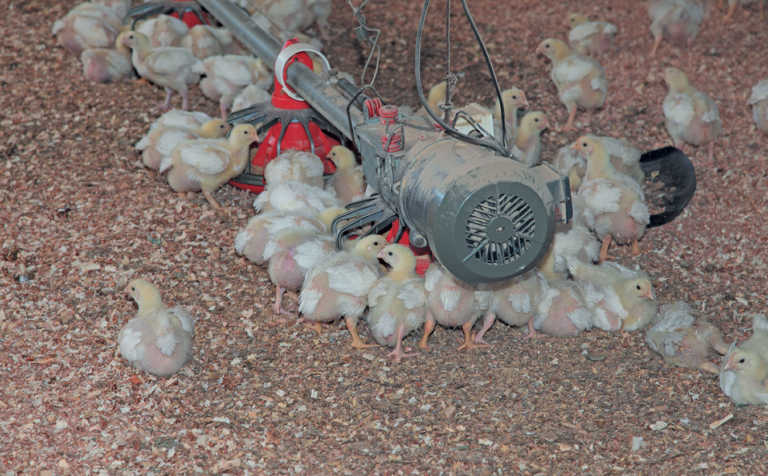
Photo: Glenneis Kriel
The difficulties experienced by new and small-scale poultry producers can generally be attributed to three factors: ‘farm blindness’, poor access to markets resulting in cash-flow and production management problems, and inefficient disease management.
Walter Gwala, a facilitator at the KwaZulu-Natal Poultry Institute, defines farm blindness as farmers’ lack of knowledge resulting in them regarding the situation on their farm as being the norm everywhere.
“When farmers do not know enough about farming poultry, they end up [with] poor bird performance and animal welfare. They are, however, unaware that this is a problem, because they do not know any better,” Gwala explains.
READ 10 tips on how to safely move livestock
Training and information sharing is the solution. Farmers who are equipped with the correct knowledge will learn and so become accustomed to what ‘normal’ is, he explains.
“Through constant monitoring and observation of birds, they will in effect be able to identify stress signals early and address these before a situation gets out of control,” Gwala says.
Market access
Most small-scale farmers sell live birds because they do not have the facilities to supply formal markets that require slaughtered and processed chickens.
However, the market for live chickens is cyclical and unpredictable. Dr Charlotte Nkuna, CEO at the South African Poultry Association (SAPA), explains that during some cycles, farmers sell off all their chickens within a couple of days, clean the farm and are ready for the next batch.
During other cycles, however, it may take weeks to sell the birds, causing delays in the preparations for the next batch.
Added costs
The erratic nature of the market has several negative knock-on effects. Firstly, uncertain cash flow, makes it difficult for farmers to make advance payments for inputs, such as feed, chicks or point of lay pullets.
“Cash flow can become severely strained by delays in sales and [an inability to recover] funds spent in the previous cycle. Access to funds without security is also near impossible, which means that these farmers are only able to procure inputs when they have money in hand,” Nkuna says.
She adds that poor cash flow and not being able to achieve economies of scale, result in farmers not being able to buy products such as feed in bulk, and thus reap the benefit of resultant cost savings.
READ Basic infrastructure for small-scale pig farming
Secondly, it results in birds being kept longer than necessary, which in effect delays the commencement of a new production cycle. Broilers are usually kept for 35 to 39 days before they are sold live.
Your profits will be affected if you keep them longer due to ongoing feed costs, she explains.
“Money is also lost because these birds prevent the facility from being used to its full potential. Just imagine how much money a farmer loses by keeping 20 birds instead of his [full] production capacity of say 100 birds,” Nkuna says.
Advance orders
Thirdly, it interferes with production planning. Nkuna explains that most chick and point of lay pullet producers need to confirm orders with their suppliers months in advance, so that they can adjust their planning to ensure sufficient supply for their customers.
If a farmer is unable to confirm an order in advance, there is no guarantee that he/she will be able to get chicks from a hatchery, or secure point of lay pullets when they are needed.
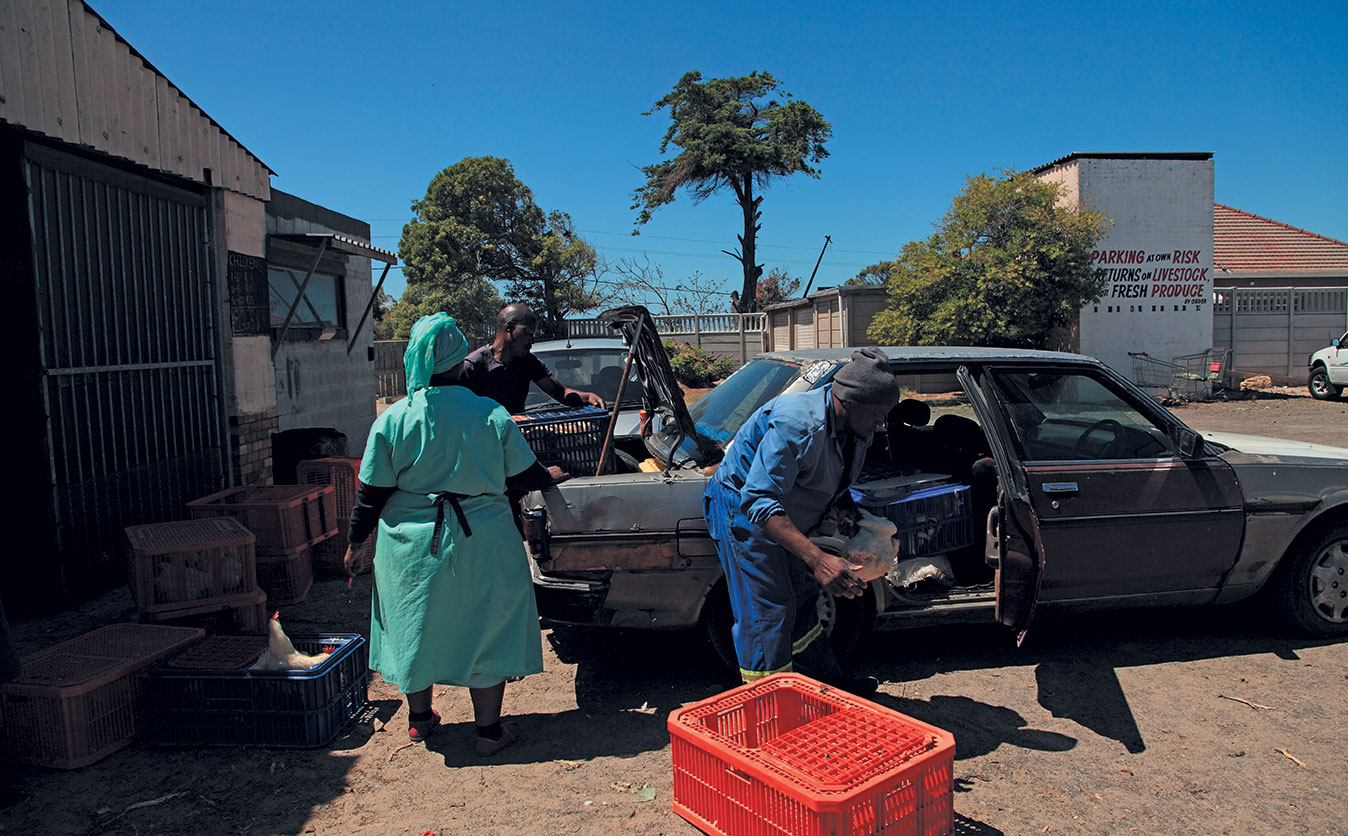
“Farmers need to restock houses as soon as possible after [a] batch has left and the facility has been cleaned and prepared for the next [consignment]. A producer loses money every day the poultry facility stands empty,” she says.
The same applies to feed, bedding and vaccines.
“Failure to secure enough feed at the start of the production cycle can result in a farmer struggling to do so throughout the entire production cycle.
There is, in effect, a danger that feed may not be available when it is needed, which can result in birds taking longer to reach their target weight. Birds might also become stressed, which could render them more vulnerable to disease,” Nkuna says.
Vaccines are another case in point. “Birds [will not] receive optimal protection if they do not receive a vaccine at the right time,” she says.
Overcoming challenges
To overcome these challenges, Nkuna advises farmers to have birds slaughtered when demand is low, freeze them and then sell frozen birds on demand.
“While the price might not be as good, the farmers will at least be able to use their production facilities optimally, and they will be able to adhere to their production planning programme. Better planning will help root out inefficiencies that add costs to production.
It will result in houses never standing empty when they should be populated, birds never going without feed and farmers getting the best quality replacement stock,” Nkuna explains.
READ Successful, small-scale organic farming in the city
Farmers can also reduce input costs by pooling resources and buying inputs, such as feed, in bulk, Gwala says. Buying directly from suppliers such as feed mills or hatcheries, will also help reduce costs and will give farmers access to technical support.
Currently, most small-scale farmers buy inputs from a middleman.
“However, this is not always practical due to the distances between farms, but when farmers talk [to each other] they might find solutions to overcome this problem,” he says.
Disease management
Disease management is another great challenge for small-scale farmers. Dr Ziyanda Majokweni, director of poultry disease management at SAPA, explains that it results in poultry not performing optimally, which drives up costs and negatively affects farmer earnings.
“Birds that are sick or recovering from a disease generally eat less and produce less meat or eggs. Some diseases can be treated, which adds to cost of production, but in extreme cases, whole flocks might have to be culled to eradicate a disease.”
She says farmers primarily struggle with disease management due to poor-quality chicks, poor management practices and inefficient vaccination programmes.
Poor-quality chicks can often be linked to inefficient planning.
“Failure to order birds in advance often results in farmers having to settle for what they can get, which usually turns out to be lower quality chicks. These birds might be more vulnerable to diseases than better quality birds, and they will also require more inputs, such as feed, to reach their target weight,” Majokweni says.
Biosecurity measures
Poor management and biosecurity make farms vulnerable to the introduction and the spreading of diseases from one chicken house to another.
Biosecurity is a farmer’s first line of defence as it prevents a disease from entering the production house in the first place, according to Majokweni.
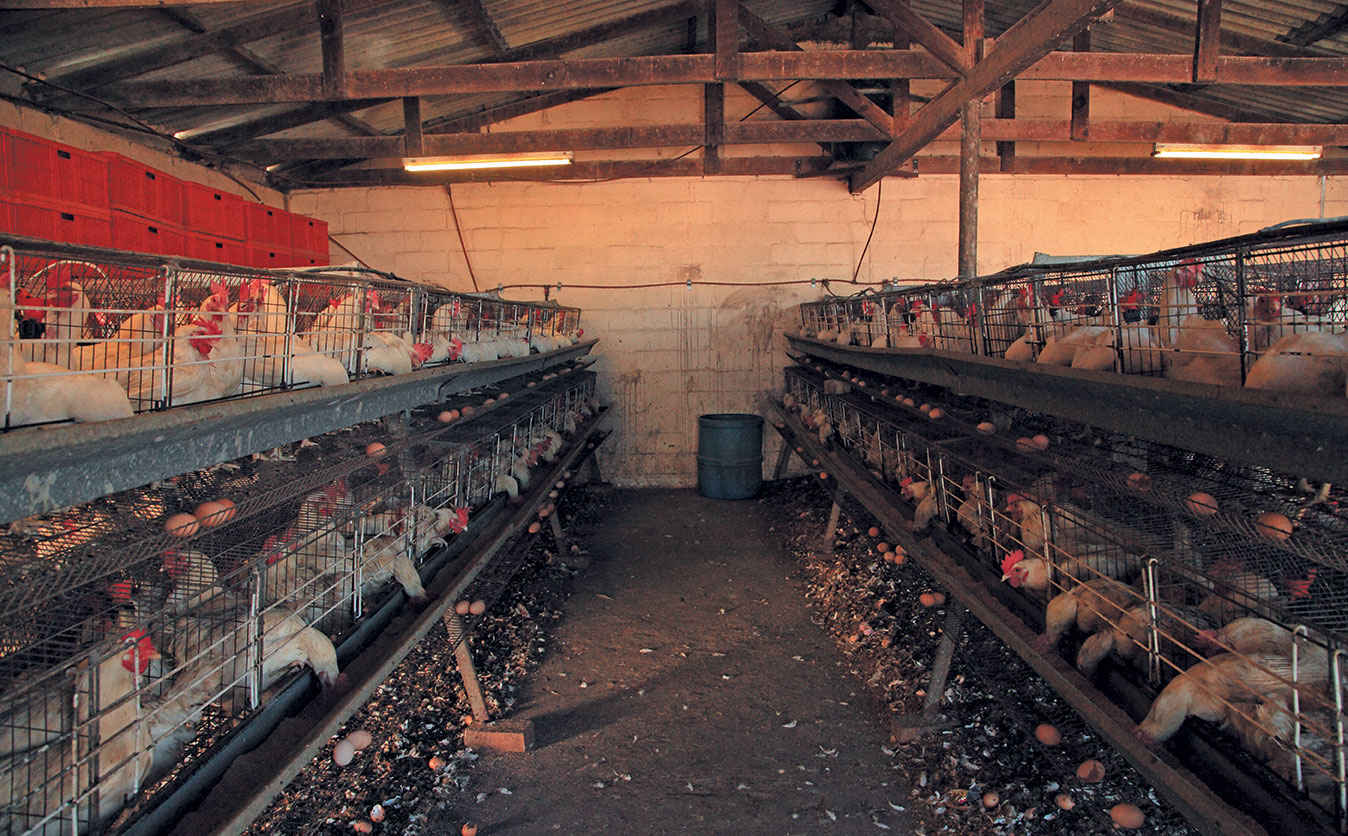
Only employees who work with the birds should be allowed in the production area, and they must take proper hygiene precautions, such as showering or washing and changing into clean work clothing, before starting their work day.
Measures should also be taken to prevent the birds from coming into contact with wild birds or other animals that might carry diseases. In addition, the houses need to be properly cleaned out and sanitised before a new batch of birds is introduced to prevent the spread of disease.
According to Majokweni, vaccinations are a valuable tool in preventing disease, rather than having to go to greater expense treating a disease once it occurs.
Farmers should therefore consult a vet for assistance in designing a vaccination programme tailored to their specific needs, and it should be evaluated and reviewed regularly.
Dr Ziyanda Majokweni’s disease management tips
|
For further information, phone SAPA on 011 795 9928.









